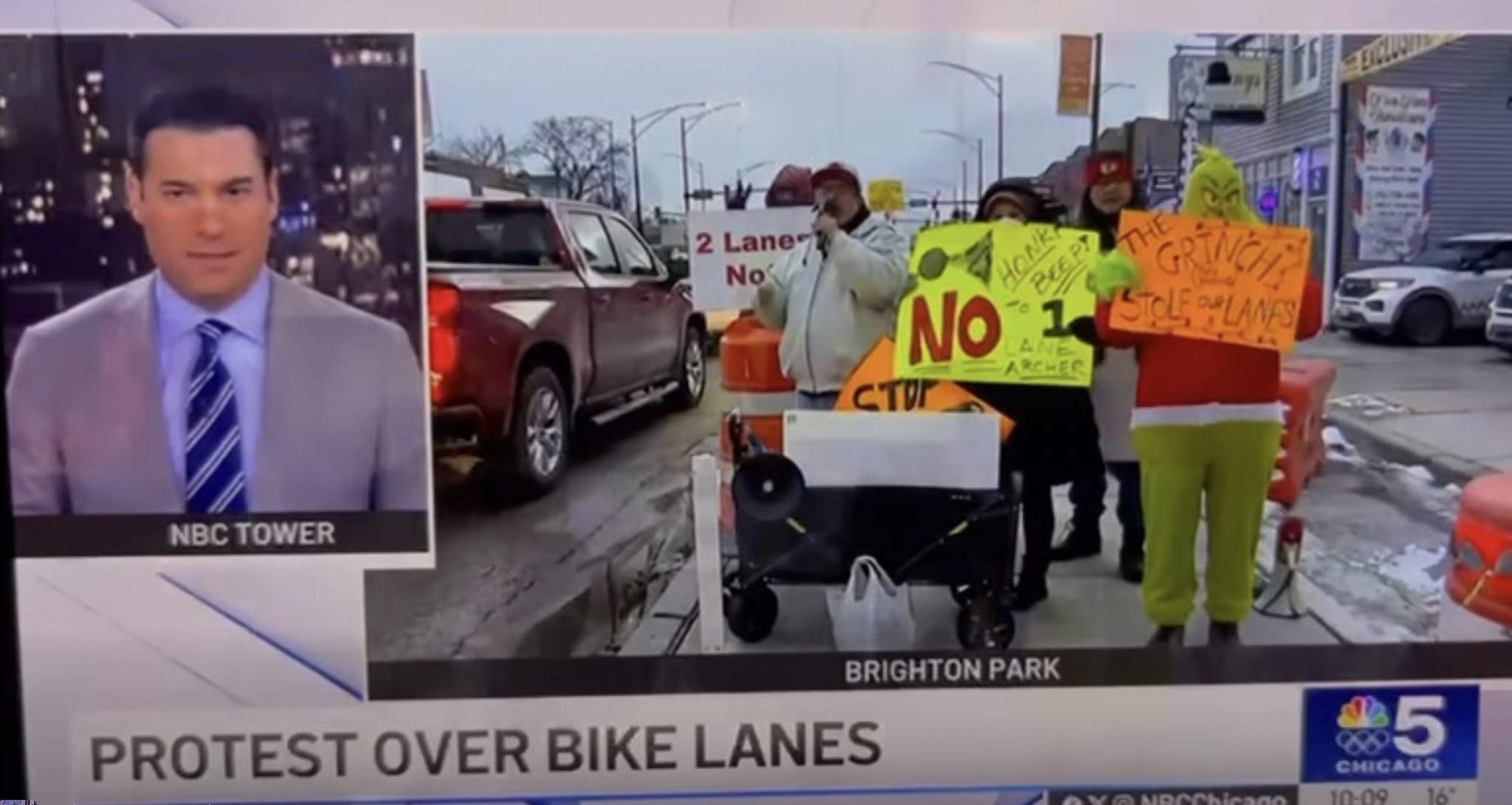
Last week, some very exciting new research was released, showing a significant drop in cyclist injuries in cities that launched bike-share systems. Unfortunately, the authors and many media organizations, like the Washington Post, overlooked that remarkable finding, and instead focused on one statistic that fails to tell the overall story: the proportion of cyclist injuries that are head injuries.
We wrote about the new study and the response from public health researcher Kay Teschke in detail last week. Today, Richard Masoner at Network blog Cyclelicious shares the above graph from Teschke, which clearly shows the more promising safety records in cities with bike-share. He explains:
For bike share cities in the two years before implementation of bike share, the researchers counted an average of 438 non-head injuries and 319 head injuries each year. This adds up to the 42% of injuries are head injuries as reported in the WaPo, NPR, and in the press release.
For the year following implementation of bike share, those numbers are 272 for non-head injuries and 273 head injuries.
So yeah, head injuries now make up 50% injuries, but everybody has missed the real story: A DRAMATIC DECLINE IN BOTH HEAD INJURIES AND TOTAL INJURIES after bike share programs have been implemented.
Furthermore, the number of “moderate to severe” head injuries also dropped in these cities by 27%, from 162 per year to 119 per year.
Here’s the data as graphed from the study data that includes the control cities [above]. You’ll see the control cities changed very little, while the total injuries, head injuries and moderate-to-severe head injuries all dropped after bike share began.
Given these results, the conclusion that “steps should be taken to make helmets available” for bike share systems doesn’t follow. Maybe helmets would have reduced the total number of head injuries, but this study doesn’t illustrate that at all.
Elsewhere on the Network today: Urban Cincy considers how to define and quantify "urbanity" in cities. Bike Walk Lee shares a news article detailing the perilous conditions faced by cyclists in southwest Florida. And Bike Delaware reports that Governor Jack Markell signed a bill recently making cycling the official state sport.





